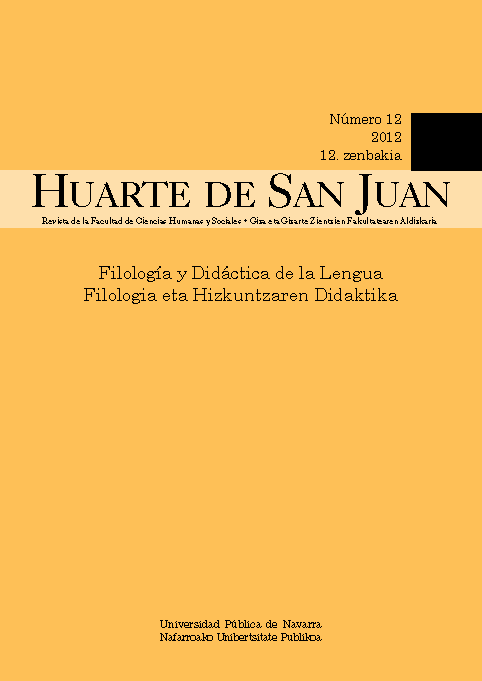¿Son las cosas tan simples y claras como parecen? Dificultad en la categorización de schwas y consonantes silábicas inglesas
Keywords:
Clarity in production, disagreement, judges, perception, English syllabic consonants, schwaAbstract
This paper reports a study based on Arboleda (2010) which goes deeper into the perceptual behaviour of English syllabic consonants in emphatic or phrase final position. The findings in Arboleda (2010) make us wonder whether clarity in production has an influence in the degree of disagreement amongst the judges at the time of identifying a schwa or a syllabic consonant in certain words. The studies devoted to going deeper into the use and perception of syllabic consonants have been limited (Monroy, 1980; van Bergem, 1995). The data in Arboleda (2010) were complemented with an acoustic analysis of a sample of sounds and a post-task questionnaire. The results show that the clarity in production results to be determining. Despite the solidity of the findings, in a more exhaustive study it would be advisable to explore this phoneme further, which is neither schwa nor syllabic consonant and is the cause of the disagreement amongst the listeners in Arboleda (2010).
Downloads
References
Álvarez, J. A. (1980): “Syllabic and Non-Syllabic /l/ and /n/”, Atlantis 2 (1): 41-48.
Arboleda, I. (2010): Word Position and Emphasis in the Usage of English Syllabic Consonants. A Perceptual Account. Comunicación Presentada en el Congreso Internacional de la Asociación de Jóvenes Lingüistas (XXV Encuentro). Universidad de Valladolid, España.
BBC Learning English Website (2009): [Consulta 15 marzo, 2010 en www.bbc.co.uk/worldservice/learningenglish/index.shtml].
Berg, T. (1998): Linguistic Structure and Change: An Explanation from Language Processing. Oxford: Oxford University Press.
Creswell, J. (2001): Research Design: Qualitative, Quantitative and Mixed Methods Approaches. Sage: Los Angeles.
Cruttenden, A. (2001): Gimson’s Pronunciation of English, Sexta Edición Revisada por Alan Cruttenden. Londres: Arnold.
Monroy, R. (1980): La Pronunciación del Inglés RP para Hablantes de Español. Madrid: Paraninfo.
Monroy, R. (2008-2009): Fonética Inglesa [presentación de power point]. Murcia: Universidad de Murcia.
O’Shaughnessy, D. (1981): “A Study of French Vowel and Consonant Durations”, Journal of Phonetics 9: 385-406.
Roach, P. (2000): English Phonetics and Phonology: A Practical Course. Cambridge: C.U.P.
Töft, Z. (2002): “The Phonetics and Phonology of Some Syllabic Consonants in Southern British English”, ZAS Papers in Linguistics 28: 111-44.
Van Bergem, D.R. (1993): “On the Perception of Acoustic and Lexical Vowel Reduction”, Eurospeech ’93, pp. 677-680.
Van Bergem, D.R. (1995a): “Reflections on Aspects of Vowel Reduction”, en Proceedings 18 (1994) (pp. 95-110). Institute of Phonetic Sciences: Universidad de Amsterdam, Holanda.
Van Bergem, D.R. (1995b): “Perceptual and Acoustic Aspects of Lexical Vowel Reduction, a Sound Change in Progress”, Speech Communication 16 (4): 329-358.
Downloads
Published
How to Cite
Issue
Section
License
All articles are published under a Creative Commons (BY-NC-ND 4.0) license. Each article will be assigned a DOI.
Authors retain copyright of their work and grant the journal the right to the first publication. Authors can sign additional agreements to non-exclusive distribution of the published version of the article (for example, in an institutional repository) as long as appropriate attribution to the original publication is provided. Articles can be uploaded to institutional repositories immediately after publication.
Electronic distribution of the articles (for example, academic social networks or personal webpages) is allowed and encouraged.
The journal reserves the right to publicise the work in social networks and other electronic means.







